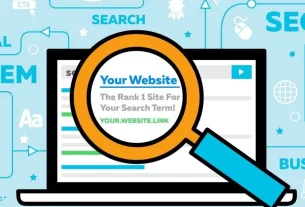Let’s try to give a definition of an IoT platform, why it can offer you interesting business opportunities, what solutions are available to you and what are the criteria for choosing your platform well.
- What is an IoT platform?
An IoT platform is a set of services for collecting, storing, correlating, analyzing and using data.
An iot platform is therefore a set of communication APIs and drivers, databases, processing and calculation services and very often a web service for generating visualization and operating dashboards.
- A platform to generate new business opportunities
In order to remain competitive, companies must innovate and create more value to increase their turnover or improve their productivity.
- The establishment of an IoT platform allows in particular to:
- Offer new services to your business teams and / or your customers
- Better monitor your fleet of connected objects
- Provide you with indicators to facilitate your decision-making
Of course, such a project is part of a real IoT strategy for which we can support you. To find out more, we wrote an article on what IoT is and why you should lead an IoT strategy.
- How to choose an IoT platform?
As indicated above, an IoT platform is a set of services and each platform has specific advantages depending on their services. In our opinion, there are two types of platforms:
We will weigh the pros and cons of each of these solutions so that you can already orient your choices. Then we will develop the essential characteristics and the points of vigilance to remember.
- Owner vs. Platform Open-Source
Commonly, proprietary platforms are PaaS (Platform As A Service) type solutions. Most of the time, these platforms are hosted in the Cloud. Also, the economic model of this solution is a recurring subscription to a service (OPEX). The advantage of this model is the sharing of responsibility since ultimately, it is your service provider who is responsible for the provision and operational maintenance of the environments.
Conversely, Open-source solutions are platforms that require fairly substantial knowledge and resources. Indeed, with this type of platform, it is up to you to develop all of the services, sometimes helping by the community, but also to maintain the tools, infrastructure and software. Moreover, from a time-to-market point of view, this can lengthen delivery times. However, you retain complete control of the tool.
Owner
- Shared risks
- Maintenance in outsourced operational condition
- OPEX business model
- No control over developments
- Service provider sustainability
- Open-Source
- Mastery of tools
- Location of environments
- Significant resource requirement
- Cost incurred for investment
Platform agility
It seems important to us to take into account the agility of your environments. The choice of platform should not only be considered for the initial project, but also for future projects. Likewise, the scope of the project may change during tests and developments.
By agility, we mean both the increase in load by adding objects and services. Indeed, as the use of new demands and needs will emerge involving the addition of new services.The agility of your platform will therefore lie in the ease of adding new objects and services , through settings and simple updates of the service.




